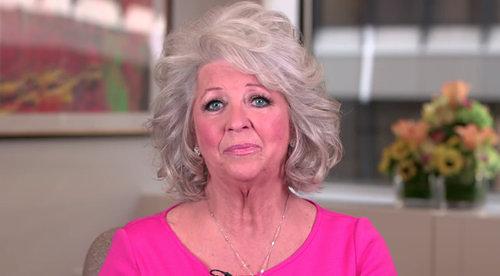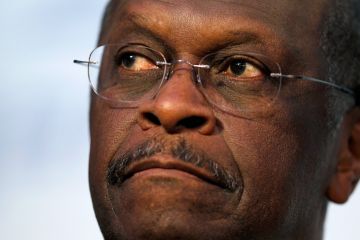The year is only half over, and already there have been all manner of PR “crisis” situations for professional communicators to dissect. But some recent shenanigans, and the accompanying reputational consequences, have been so varied and so fascinating that I’ve decided to bestow informal “awards” for crisis PR.
Most entertaining: Hands down, the Donald Sterling fiasco, a PR blogger gift that has kept on giving since tapes of the not-yet-former Clippers owner’s racist remarks were leaked in April. The best game plan here was the one followed by NBA Commissioner Adam Silver, who wasted no time in showing us what kind of leader he is. In slapping Sterling with a $2.5 million fine and a lifetime ban from the sport, Silver pretty much followed the classic reputation rule book; he was swift, strong, and clear.
The real question is whether Sterling’s reputation can be redeemed. Most say no, although some bold ideas have been floated. Are you listening, Olivia Pope?
Most inevitable: Another sports figure felt the heat as fans turned towards the World Cup (and host country Brazil fought off challenges to its own reputation.) Charges of corruption and bid-rigging connected with Qatar’s winning tender for the 2022 World Cup were aimed at longtime FIFA chief Sepp Blatter and many of his cohorts. Blatter’s response to the evidence of bribery broken by The Sunday Times showed both weakness and arrogance, however. As giant corporate sponsors like BP, Budweiser, and Coca-Cola pressed for an investigation and cleanup, Blatter blamed the accusations on “racism and discrimination.” Not very credible.
Most well handled: When U.S. speed skaters turned in a dismal performance at the Sochi Winter Olympic Games, some blamed the heavily hyped high-tech uniforms provided by Under Armour. But what could have been an agony of defeat for the company was averted by deft handling of the situation.
Rather than take issue with its own athletes, or admit that its technology could be the problem, the company reminded the public of the new suits’ stellar marks in pre-race heats, but then supported the team’s decision to swap them for older suits (also made by Under Armour.) The team’s performance never improved, and Under Armour quickly skated past the problem to focus on the future by announcing it would re-up its sponsorship for eight more years. Well played, Under Armour, well played.
Least surprising: Ousted American Apparel founder Dov Charney‘s antics might have been less eyebrow-raising than Donald Sterling’s, but they were no less colorful. This is a company with a founder that thrives on shock PR. It cheerfully newsjacked the Hurricane Sandy tragedy to sell clothing, labeled a South Asian model “Made In Bangladesh” in a controversial ad, and featured store mannequins with pubic hair.
Just last week, as the Charney situation was cooling, AA ran a July 4th ad that featured an image of the doomed Challenger shuttle explosion instead of fireworks. (The mistake was supposedly inadvertent, but it did nothing to help matters.) The AA Board did the right thing in firing Charney, but they may be in for a messy legal battle, as he’s unlikely to go quietly.
Most thorny: Facebook‘s now-infamous “emotion study” raised cries that it had crossed ethical (and possibly legal) lines by manipulating users’ emotions without their consent or knowledge. Yet there are those who think it’s been unfairly singled out given the “opt-in” nature of so many social networking sites and communities.
In any event, Facebook’s response to the controversy has been to “circle the wagons,” as one privacy expert put it. CEO Sheryl Sandberg acknowledged that the study was “poorly communicated” and assured users that “we didn’t mean to upset you.” But for Facebook, which is now in the crosshairs of the FTC following a complaint filed by a privacy group, the lack of transparency and halfhearted apology probably raise more questions than they answer.




